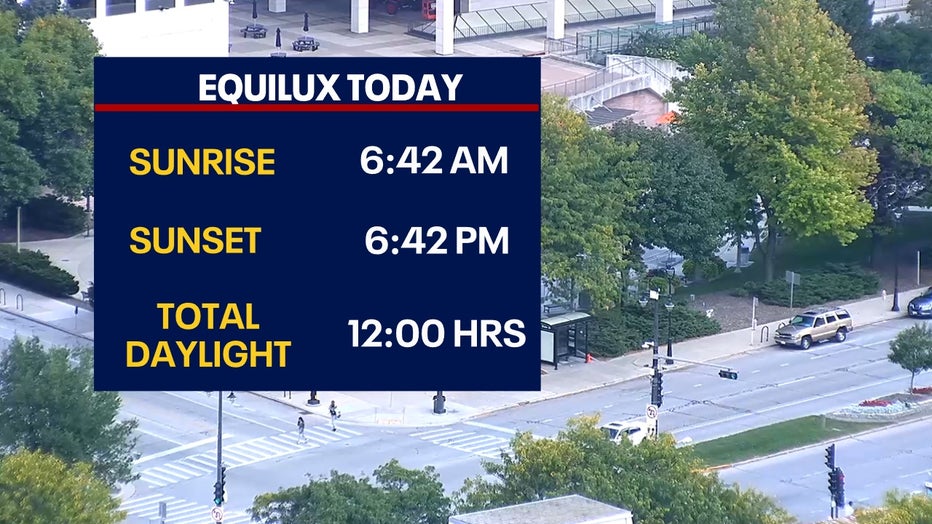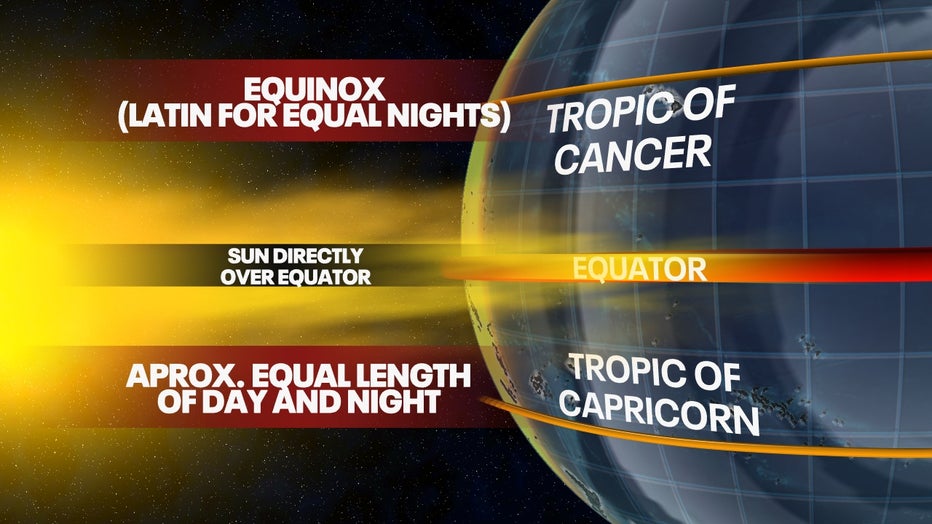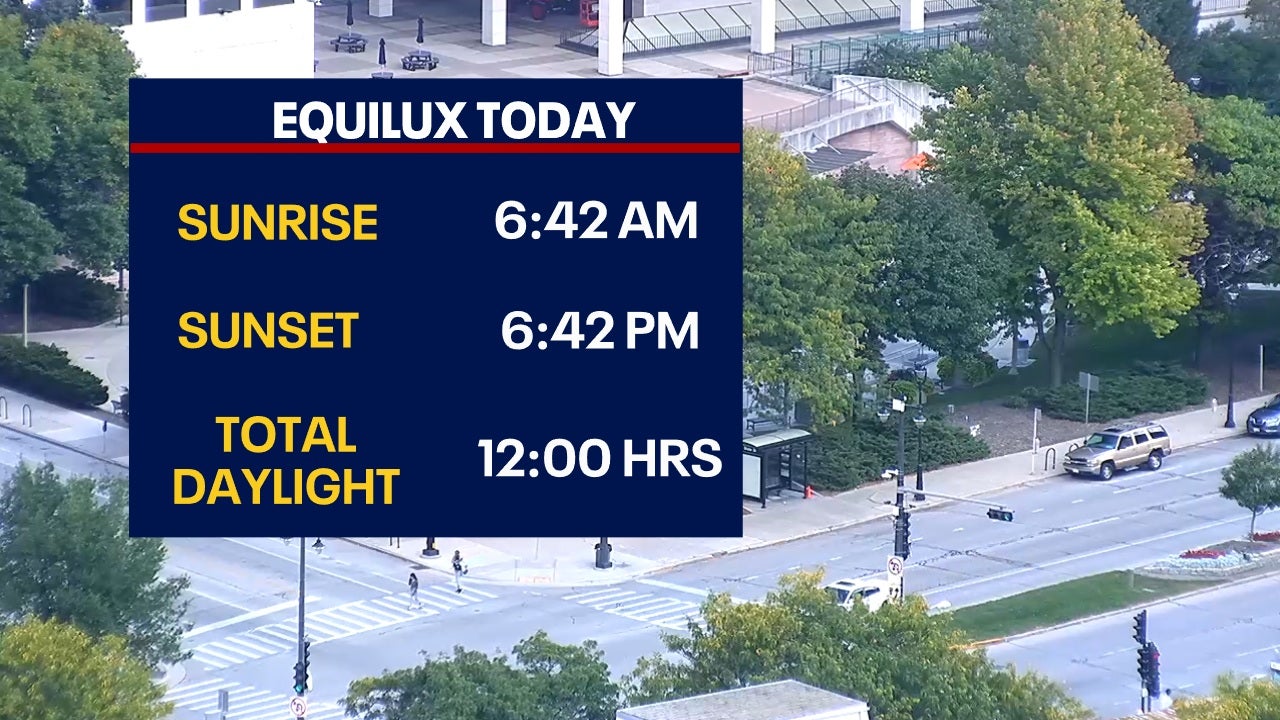
MILWAUKEE – Milwaukee recently celebrated the autumnal equinox, marking the official start to fall. It’s often referred to as the day with equal amounts of daylight and nightlight, as equinox does mean “equal,” but it’s actually two to three days later that we see 12 hours of daylight and nightlight – called equilux.
Local perspective:
In our area, the equilux is Thursday, Sept. 25. Sunrise in Milwaukee is at 6:42 a.m. and sunset is at 6:42 p.m., with 12 total hours of daylight.
FREE DOWNLOAD: Get breaking news alerts in the FOX LOCAL Mobile app for iOS or Android

Milwaukee’s autumnal equinox was on Monday, Sept. 22 at 1:19 p.m., marking the official start to fall.
The equinox is the specific day when Earth’s axis is tilted neither toward nor away from the sun, and when the plane of Earth’s equator intersects with the center of the sun. It happens two times a year, once in the spring and once in the fall.
Equinox vs. equilux
What they’re saying:
Astronomer Mallory Conlon with Yerkes Observatory joined Wisconsin Weather Experts to explain the difference between the two, and the reasons why they don’t fall on the same day.

There are two main reasons why equilux does not happen on the equinox. The first is that the sun does not appear as a point source. When you look at it from Earth, it appears to have an angular size. It’s about half a degree in the sky or about the same angular size as the moon. The sun’s edges appear above the horizon before its center actually rises, and then after the sun’s center actually sets. For example, day is not considered to begin until the entire disk of the sun is above the horizon. This impacts the amount of daylight that we actually get.
The second reason is due to atmospheric refraction. Earth has an atmosphere that bends or “refracts” sunlight, which makes the sun visible even when it is technically below the horizon. This effect causes the period of light before sunrise and after sunset to be longer than the actual darkness that we experience.
The Source: FOX6 Weather Experts interviewed Mallory Conlon from Yerkes Observatory and referenced data from space.com and earthsky.org.

